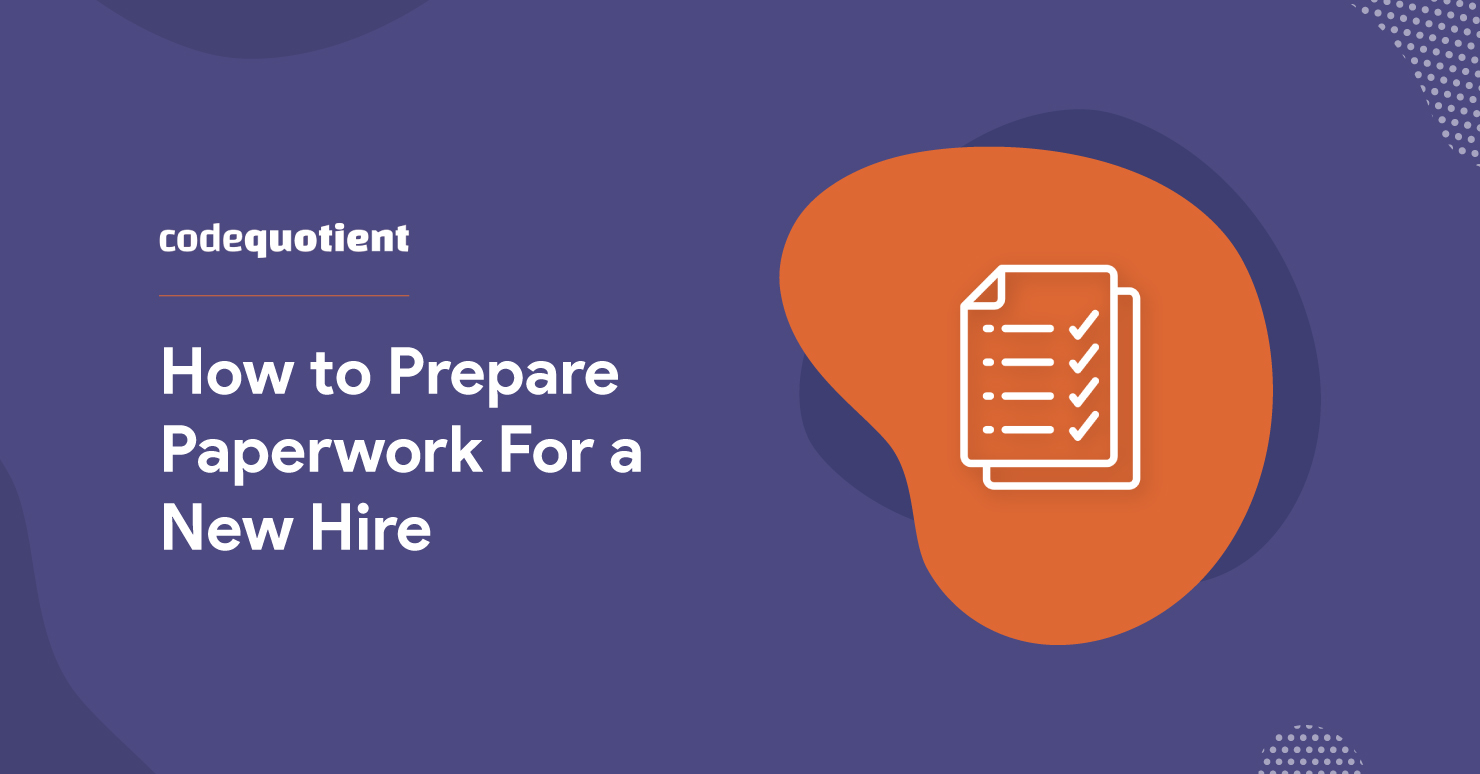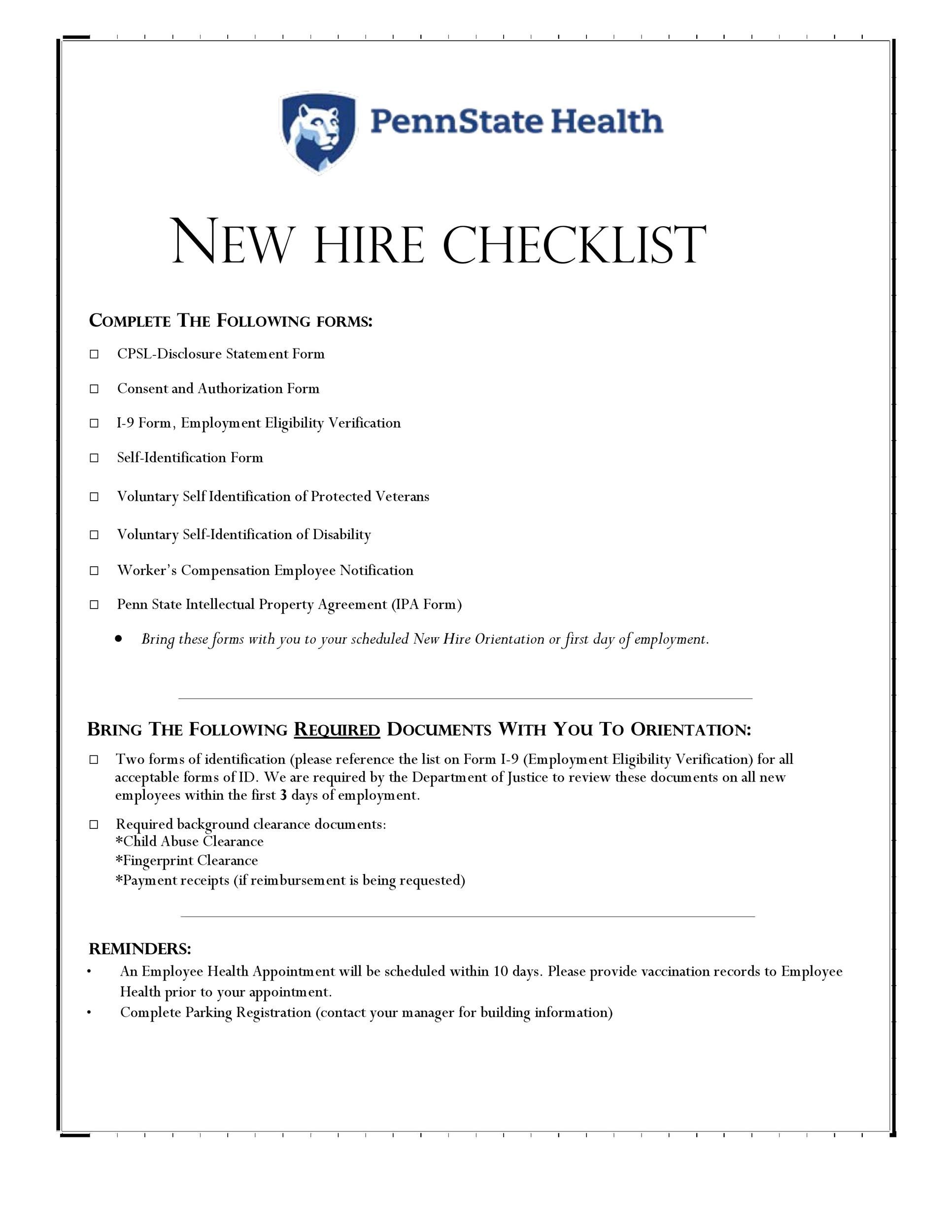Contract-to-Hire: Navigating the Paperwork Process

Embarking on a new job can be both an exciting and daunting endeavor, especially when it involves navigating the intricate process of contract-to-hire. This arrangement, which offers the flexibility of a temporary contract with the potential for permanent employment, requires a clear understanding of the paperwork process. Not only does it set the groundwork for a successful transition, but it also ensures that all legal and contractual obligations are met. In this comprehensive guide, we will delve into the paperwork process for contract-to-hire positions, offering step-by-step insights to help you manage the transition seamlessly.
Understanding Contract-to-Hire

Before diving into the paperwork, it's essential to grasp what contract-to-hire entails. Essentially, this is a model where:
- A company hires a worker on a temporary basis with the potential to convert them to a permanent position after an evaluation period.
- This trial period serves as a mutual evaluation process where both the employer and the employee can assess compatibility and performance.
- It benefits employers by reducing hiring risk and benefits employees by providing a potential pathway to permanent employment.
🔎 Note: Contract-to-hire is often used in industries where long-term commitment from both parties is uncertain or risky due to economic fluctuations or project-specific needs.
Key Documents Involved

Managing the paperwork for a contract-to-hire position involves several key documents:
- Offer Letter: This document outlines the basic terms of your employment, including role, salary, duration of contract, and conversion criteria.
- Employment Agreement: More detailed than the offer letter, this includes non-compete clauses, confidentiality agreements, and specifics on contract renewal or termination.
- W-4 or Equivalent: Used for tax withholding purposes in countries where this is applicable.
- I-9 Form (or similar): To verify employment eligibility in countries like the USA.
- Benefits Enrollment: Details on any benefits that may be offered during the contract period.
- Non-Disclosure Agreement (NDA): Protects company information even if the contract does not transition to a permanent position.
- Direct Deposit Authorization: For payroll purposes.
- Background Check Authorization: Sometimes required to confirm work eligibility and character.
Navigating the Paperwork Process

Step 1: Receive the Offer

Upon receiving the offer, review the details:
- Read through the offer letter for key terms like start date, duration, and salary.
- Check for any conversion criteria mentioned.
- Ensure all conditions and expectations are clear.
⚖️ Note: Never hesitate to ask for clarification on any part of the offer letter. Understanding the terms upfront prevents misunderstandings later.
Step 2: Acceptance and Initial Paperwork

Once you decide to accept:
- Sign and return the offer letter.
- You might receive an employment agreement or a contract which requires a more thorough review.
- Complete the tax forms, such as W-4 in the USA, for payroll processing.
- Provide necessary documents like social security numbers, or passports for work authorization.
Step 3: HR and Legal Compliance

Next, you’ll navigate HR and legal paperwork:
- Complete an I-9 form or similar document to prove work eligibility.
- Sign any confidentiality or non-compete agreements.
- Enroll in any available benefits.
📝 Note: Keep copies of all documents signed or returned to your employer for your records.
Step 4: Setting up for Work

As the transition nears:
- Submit direct deposit information to facilitate payroll.
- If applicable, complete background check authorization forms.
- Setup your work environment, including any equipment or technology provided.
Important Considerations

Tax and Insurance Considerations

Here are some important points:
- Employee Status: While you might not be a “permanent” employee, you could still be considered an employee for tax purposes, depending on jurisdiction.
- Insurance: Ensure you understand how health insurance, if offered, works during your contract period.
- Tax Withholding: Pay attention to tax withholding amounts, as these can differ between contract and permanent positions.
Conversion Process

During the contract-to-hire period:
- Track your performance against the set criteria for conversion.
- Maintain clear communication with your manager regarding your performance and expectations.
- Be proactive in addressing any issues or seeking feedback for improvement.
🎯 Note: The conversion from contract to permanent can be contingent on meeting specific performance metrics, project completion, or client approval in some cases.
Overall, the contract-to-hire process presents a unique set of challenges when it comes to paperwork, but with a methodical approach, it becomes manageable. Understanding and managing the paperwork upfront sets the stage for a smooth transition, whether you end up converting to permanent status or not. Throughout the contract-to-hire journey, communication, clarity, and a keen eye for detail will serve you well, not just in navigating the paperwork, but in setting the foundation for a successful employment relationship. This guide should provide you with the tools and knowledge to handle this process with confidence.
What is the typical duration of a contract-to-hire arrangement?

+
The duration can vary significantly but is commonly between three to twelve months. This period allows both the employer and the employee to assess fit and performance before deciding on permanent employment.
Do I get benefits during a contract-to-hire period?

+
Some employers might offer benefits like health insurance or even 401(k) plans during the contract period. However, these are not always standard, so it’s crucial to review your employment agreement carefully.
Can I apply for other jobs while on contract-to-hire?

+
Whether you can apply for other jobs often depends on the terms of your contract. Some companies prohibit this during the contract period, while others might be more lenient. Review your contract or discuss with your HR for clarification.
What happens if I don’t get converted to permanent?

+
If you don’t convert to permanent status, you typically return to seeking other job opportunities. The end of the contract is usually handled with notice or a predetermined end date, unless you’re offered an extension or different employment terms.
Is there any way to expedite the conversion process?
+Performance is key. If you exceed expectations, contribute significantly, or if the project demands require it, some companies might expedite the conversion process. Open communication with your manager about your progress and aspirations is also important.



